Best Materials for Accent Walls: Aesthetic, Cost, and Durability Breakdown
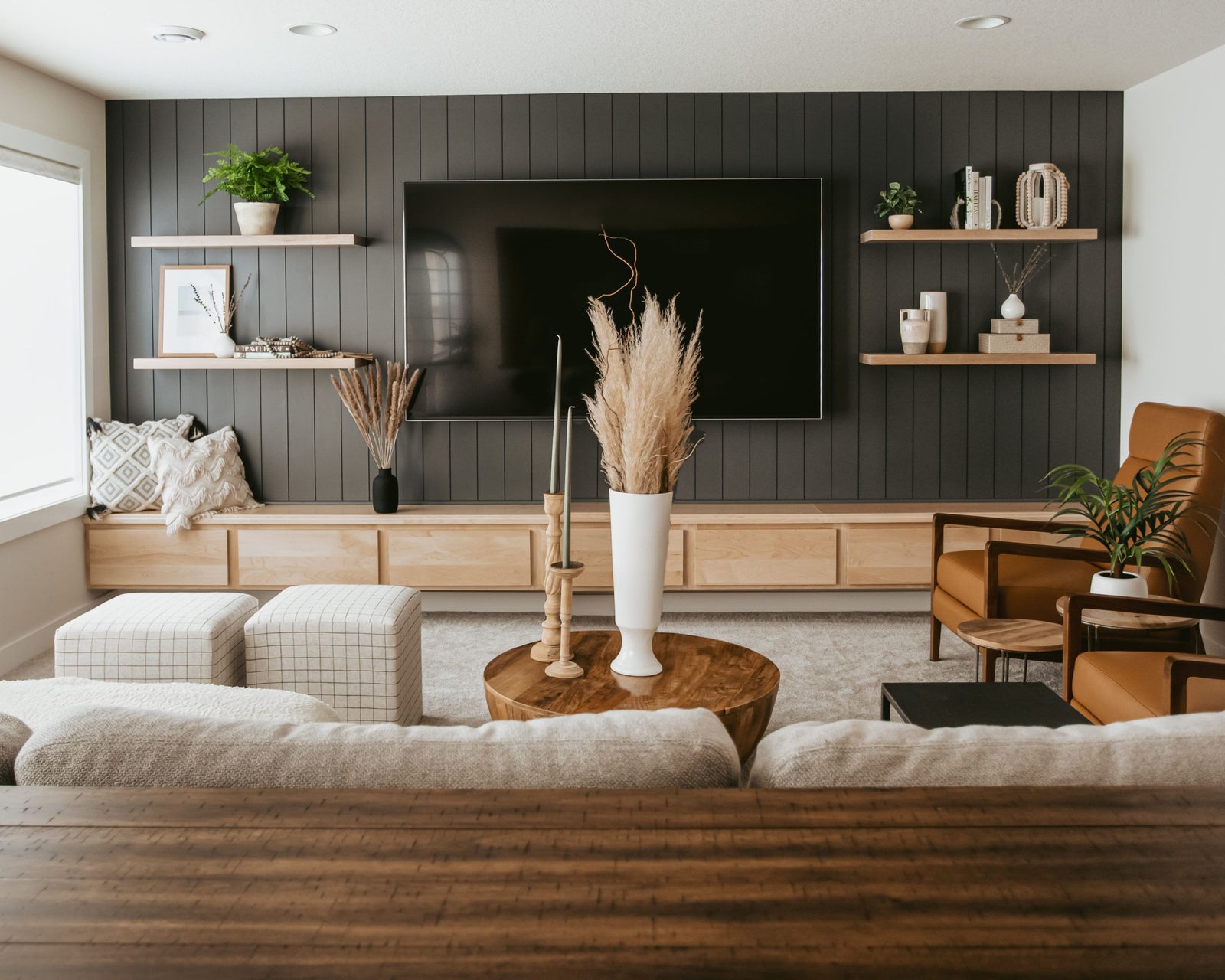
Accent walls are one of the easiest ways to make a space feel more stylish without completely redoing a room.
Whether you want to add texture, color, or a focal point, choosing the right material is key to achieving the look you want while keeping durability and cost in mind. But with so many materials available, it can be tricky to decide which one fits your space best!
Today we're going to break down the top options for accent walls, considering their look, cost, and durability. From wood slat panels to wallpaper accent wall ideas, we’ll help you determine the best material to add some extra personality to your space.
1. Paint: Classic and Budget-Friendly Option
Aesthetic and Design Possibilities
Paint is the simplest and most accessible way to create an accent wall, offering endless color options. Bold shades like deep blue or emerald green add drama, while neutral tones like beige and gray create a subtle, modern look.
However, paint alone can sometimes lack texture, especially on large, open walls. Adding artwork, textured panels, or molding are great ways to make a painted accent wall more visually appealing.
Though paint is smooth and flat, techniques like color blocking, ombre, and geometric stenciling can add depth and interest. Accent walls in high-traffic areas may benefit from satin or eggshell finishes, which resist scuffs and dirt better than flat finishes.
One major advantage of paint is its versatility. If you change your style, repainting is simple compared to replacing wallpaper or wall paneling.
Cost Breakdown
Paint is one of the most cost-effective accent wall options.The average cost of a gallon of interior paint ranges from $20 to $50, depending on the brand and finish. One gallon typically covers between 350 to 400 square feet, meaning a single gallon is often sufficient for most accent walls.
For DIY enthusiasts, additional supplies like brushes, rollers, painter’s tape, and drop cloths can add approximately $30 to $100 to the total cost, depending on the quality of the tools.
If you prefer to hire a professional, labor costs can range from $20 to $50 per hour, with the total expense depending on the project's size and complexity. However, even with professional labor, painting an accent wall is often still more affordable compared to other materials.
Durability and Maintenance
Painted walls can scuff and fade through time, especially in high-traffic areas. Dark colors fade faster due to UV exposure and need more frequent touch-ups every 4-6 years.
To combat this, many people choose eggshell or satin finishes that resist dirt and moisture better than flat paints. Regular touch-ups will help maintain its fresh look. Additionally, using high-quality paint can enhance durability and reduce the frequency of maintenance.
2. Wallpaper: Great for Patterns, but Requires Commitment
Aesthetic and Design Possibilities
Wallpaper is ideal for homeowners who love bold patterns and textures that paint can’t achieve. Modern styles include grasscloth for a natural woven texture, faux brick for an industrial look, and intricate geometric prints for a contemporary feel.
Floral and damask patterns remain popular choices for classic and vintage-inspired interiors. Unlike paint, wallpaper offers a richer depth of design, making it a go-to for those who want a statement wall.
Peel-and-stick wallpaper is a renter-friendly option that allows for easy removal and repositioning, making it perfect for temporary makeovers.
However, traditional wallpaper provides a more durable and long-lasting finish, especially in high-end designs. Some wallpapers even come with a vinyl coating, which enhances durability and makes them resistant to moisture and stains.
Cost Breakdown
The cost of wallpaper varies depending on the material, design, and brand. Standard wallpaper costs between $20 and $50 per roll, while premium designer wallpapers can range from $100 to $500 per roll.
A typical roll covers about 50 square feet, meaning you may need multiple rolls for larger accent walls.
Installation costs can be significant, especially for intricate designs that require careful alignment. Professional wallpaper installation typically ranges from $3 to $10 per square foot, depending on the complexity of the pattern. That being said, most modern peel-and-stick wallpaper can be installed by the average DIYer (that's probably you!) in a day or two.
Durability and Maintenance
High-quality wallpaper can last between 10 to 15 years, making it a long-term investment. However, durability varies based on material.
Vinyl-coated and solid vinyl wallpapers are moisture-resistant, making them ideal for kitchens and bathrooms.
Fabric-backed wallpaper is more durable but requires professional cleaning. Traditional wallpaper can be difficult to remove, often requiring steam or chemical solutions to strip it without damaging the wall underneath.
Peel-and-stick wallpaper, while easier to remove, may not adhere well to textured walls and could peel over time, especially in humid environments. Regular maintenance includes occasional dusting and spot cleaning with a damp cloth to prevent dirt buildup.
3. Geometric MDF Strips: A Trend That Might Overstay Its Welcome
Aesthetic and Design Possibilities
Geometric MDF strips have been a popular way to create 3D accent walls, offering a sleek, modern aesthetic. This design works best in contemporary spaces where clean lines and bold patterns complement the overall aesthetic.
They pair well with painted walls, often using dark or muted tones like charcoal, navy, or deep green to highlight the texture.
However, as interior design trends evolve, geometric MDF strips may not have the staying power of classic materials like wood paneling or stone. Many homeowners find themselves replacing these designs within five to seven years as tastes shift toward more natural, organic looks. While they add a statement to a space, the trendiness of geometric patterns may make resale-conscious homeowners hesitant to commit.
Cost Breakdown
MDF strips are relatively affordable compared to other wall treatments, with basic materials costing around $1 to $3 per linear foot, depending on thickness and quality. For a standard 10-by-10-foot accent wall, the material cost ranges from $50 to $200.
Labor costs can add up, especially for complex designs. Professional installation typically costs between $5 to $12 per square foot, bringing the total project cost to around $500 to $1,500 depending on intricacy.
DIY installation is possible and reduces labor expenses, but requires precise measuring, cutting, and alignment to achieve a clean, symmetrical look. Remember, with geometric designs, even the slightest mistake during measuring, cutting, or installation can be super obvious from a distance!
Durability and Maintenance
MDF is affordable but prone to chipping, swelling, and warping in humid areas unless sealed and painted with moisture-resistant finishes. Painted MDF strips need touch-ups as they scuff easily, especially in high-traffic areas.
Semi-gloss or satin finishes offer better durability than matte. While easy to maintain, MDF lacks the long-term resilience of solid wood or composite paneling, making it less ideal for a low-maintenance accent wall design.
4. Paintable Wall Paneling: Classic and Customizable
Aesthetic and Design Possibilities

Paintable wall paneling offers texture without committing to bold patterns.
Often available in fluted, slatted, v-groove, and shiplap styles, it allows for full customization with any paint color. This makes it a versatile choice for both modern and traditional interiors, blending seamlessly with various design aesthetics.
Unlike wallpaper, it provides an impactful textural upgrade without overwhelming a space.
Cost Breakdown
Wall paneling is more expensive than just painting but cheaper than wood paneling or wallpaper in the long run due to its durability.
MDF paintable panels range from $1.50 to $6 per square foot, while premium moisture-resistant panels for bathrooms cost slightly more.
Installation is DIY-friendly, making it a cost-effective option. Professional installation typically costs between $3 to $7 per square foot, but homeowners can save by installing panels with basic tools like a saw and adhesive.
While the initial investment is higher than paint, its longevity reduces the need for frequent touch-ups or repaints.
Durability and Maintenance
Paintable wall panels holds up better than plain painted walls, resisting scuffs and dents in high-traffic areas.
Unlike wallpaper, it won’t peel or bubble over time, making it a more durable choice. If a color update is needed, it can easily be repainted without the hassle of removal or replacement.
5. Wooden Wall Paneling: Premium Aesthetics and Durability

Aesthetic and Design Possibilities
Wood paneling adds warmth and natural beauty that other materials can’t match. It suits rustic, mid-century, and modern aesthetics depending on the wood type and finish.
Lighter woods like oak suit Scandinavian designs, while darker woods like walnut create a rich, classic feel.
Wood slat accent walls are a top trend, offering a sleek, vertical look that enhances both traditional and contemporary spaces. They also improve acoustics by reducing echoes, making them a functional and stylish choice.
Cost Breakdown
Wood paneling is one of the more expensive accent wall materials, especially for real wood.
Real wood ranges from $5 to $40 per square foot, while prefabricated a cost between $8 and $20 per square foot.
Installation adds $7 to $15 per square foot, bringing total project costs to $1,200 to $5,500 for a standard accent wall.
Though expensive upfront, wood paneling is a lasting investment, often increasing home value.
Durability and Maintenance

Wood holds up well over time but requires proper sealing to prevent warping and staining. Composite wood options offer a similar look with less maintenance, making them an attractive alternative.
Wood paneling is durable but requires sealing to prevent warping and staining. Natural wood expands and contracts with humidity, making proper treatment essential. Composite wood options offer a similar look with less upkeep.
For maintenance, dusting and occasional wiping keep it in top condition. With proper care, solid wood paneling can last 30 to 50 years, making it one of the most durable accent wall materials.
Comparison Chart
|
Material |
Aesthetic |
Cost |
Durability |
Maintenance |
Best For |
|
Paint |
Simple and endless colors |
Low |
Low |
Needs touch-ups |
Renters, budget-friendly updates |
|
Wallpaper |
Bold patterns, textures |
Moderate to High |
Medium |
Can be tricky to remove |
Homeowners who want statement walls |
|
Geometric MDF Strips |
Modern but trendy |
Moderate |
Medium |
Can chip, needs precise install |
DIYers, contemporary design lovers |
|
Paintable Wall Paneling |
Textured, customizable |
Moderate |
High |
Low maintenance |
Classic, timeless accent walls |
|
Wooden Wall Paneling |
Warm, luxurious |
High |
High |
Needs sealing |
High-end, long-lasting upgrades |
Conclusion
The right accent wall material depends on your style, budget, and how long you want the design to last. Paint is the easiest and most affordable option, perfect for quick updates. Wallpaper adds bold patterns but requires more effort to install and maintain.
MDF geometric strips create a trendy, modern look, though they may not hold up over time. Meanwhile, paintable wall panelling offers durability and versatility, allowing for easy customization.
For a high-end, long-lasting upgrade, wood slat panels bring warmth, depth, and sophistication to any space. Whether you want a sleek, modern touch or a timeless design, the right accent wall design can upgrade your home’s interior.
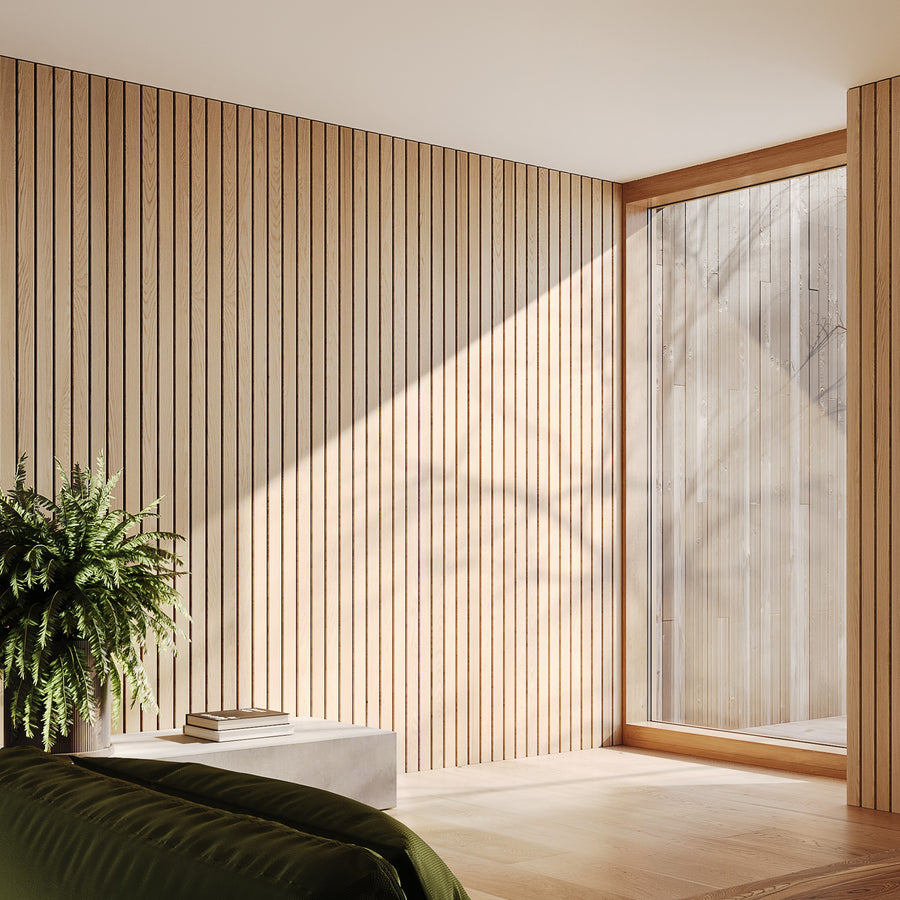
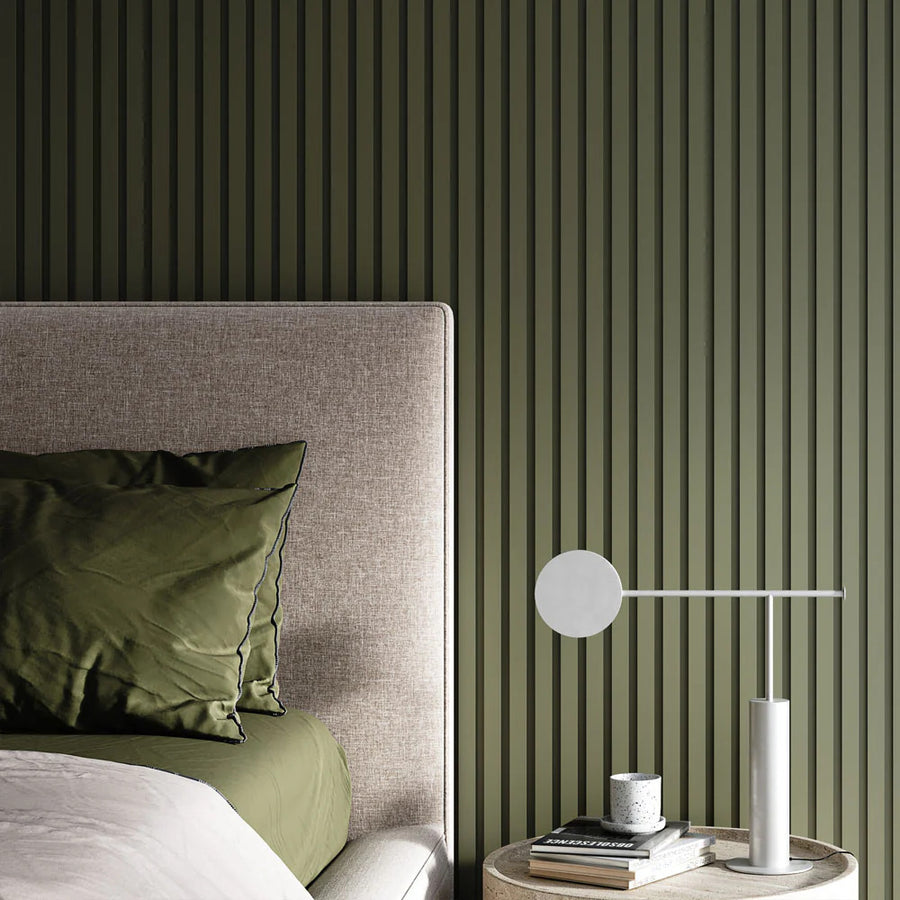
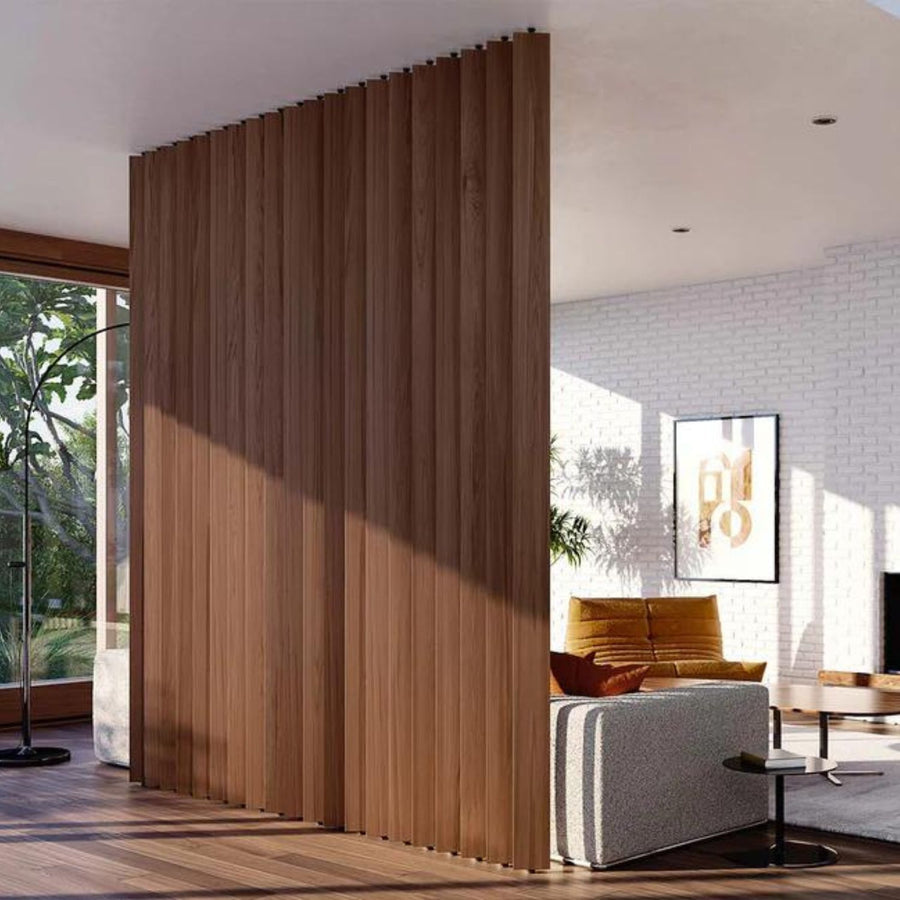
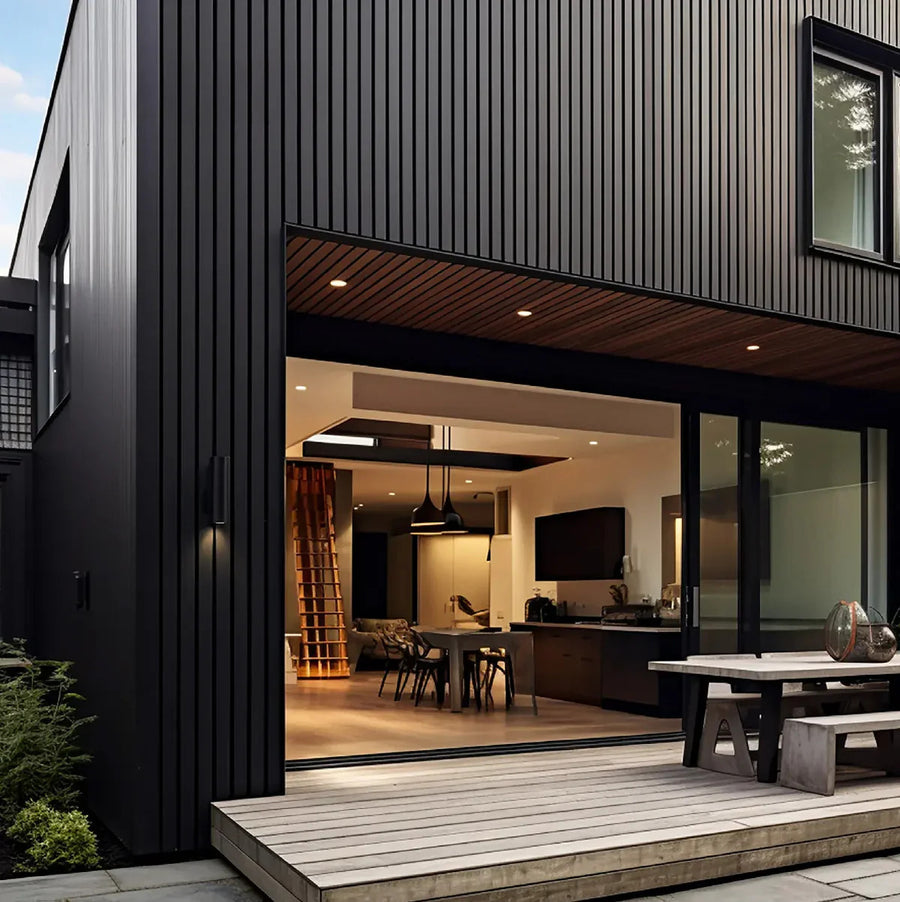
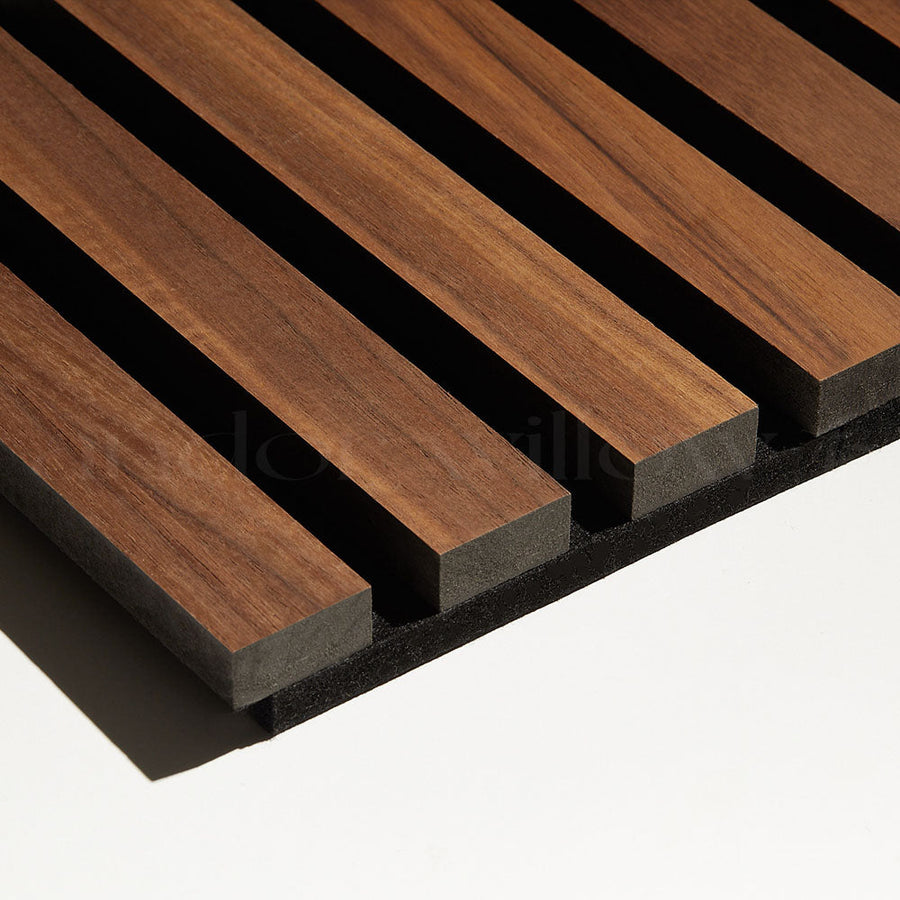
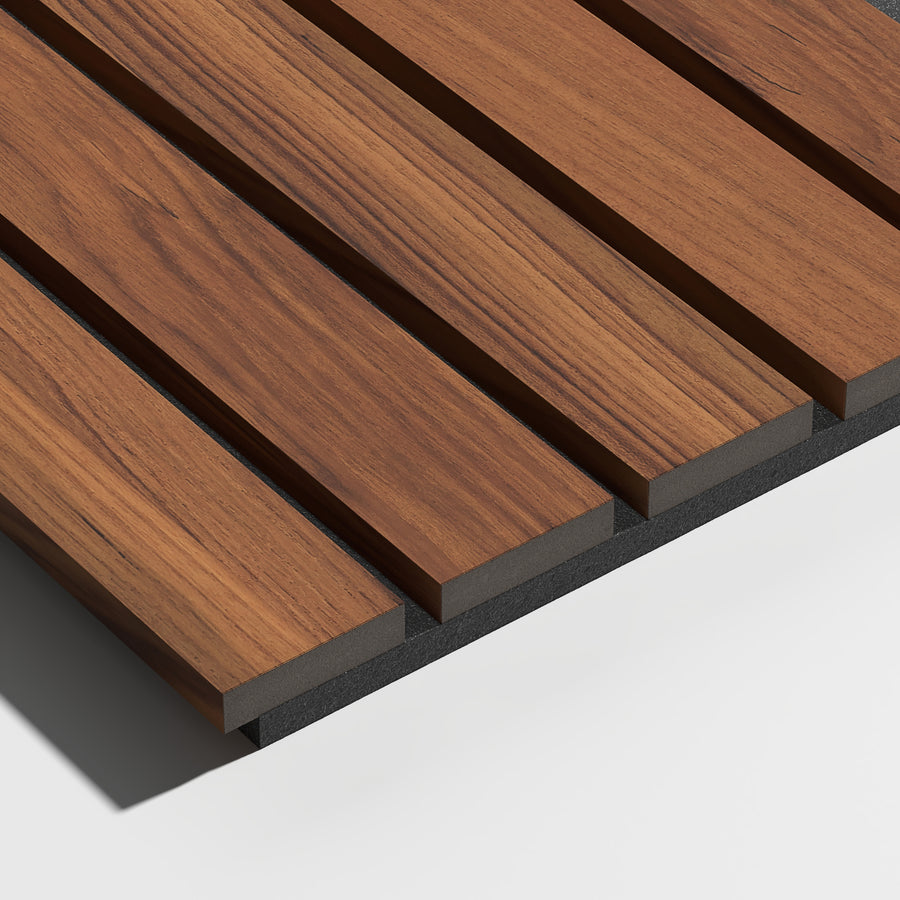
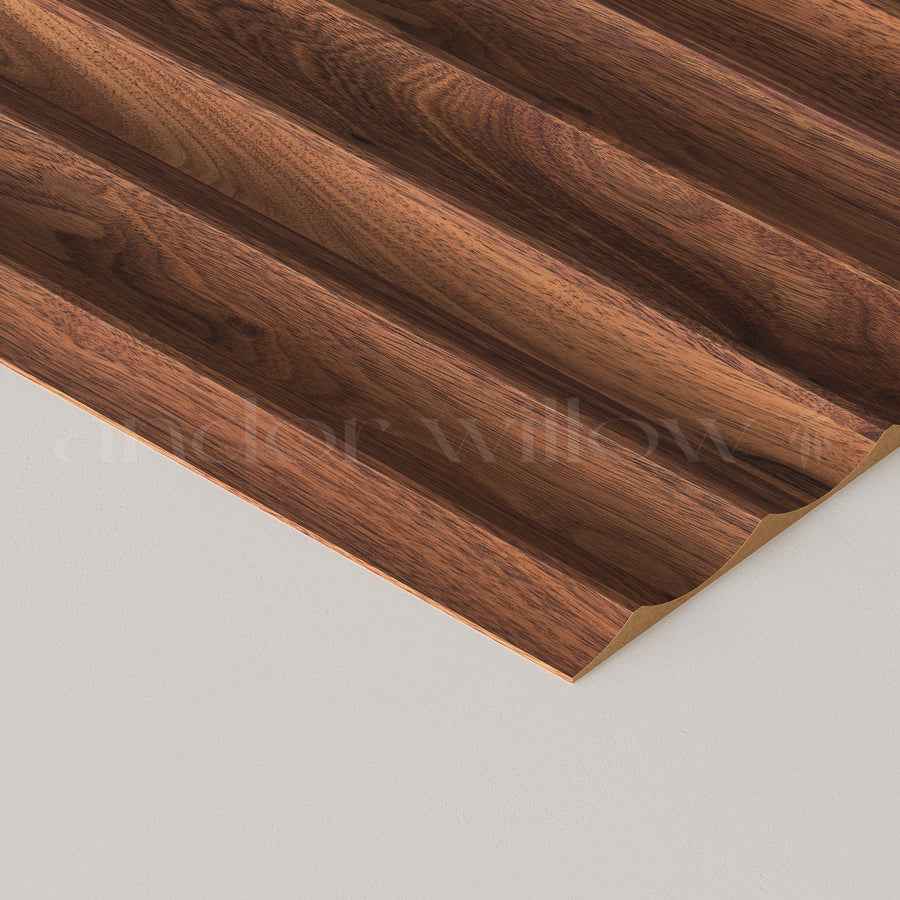
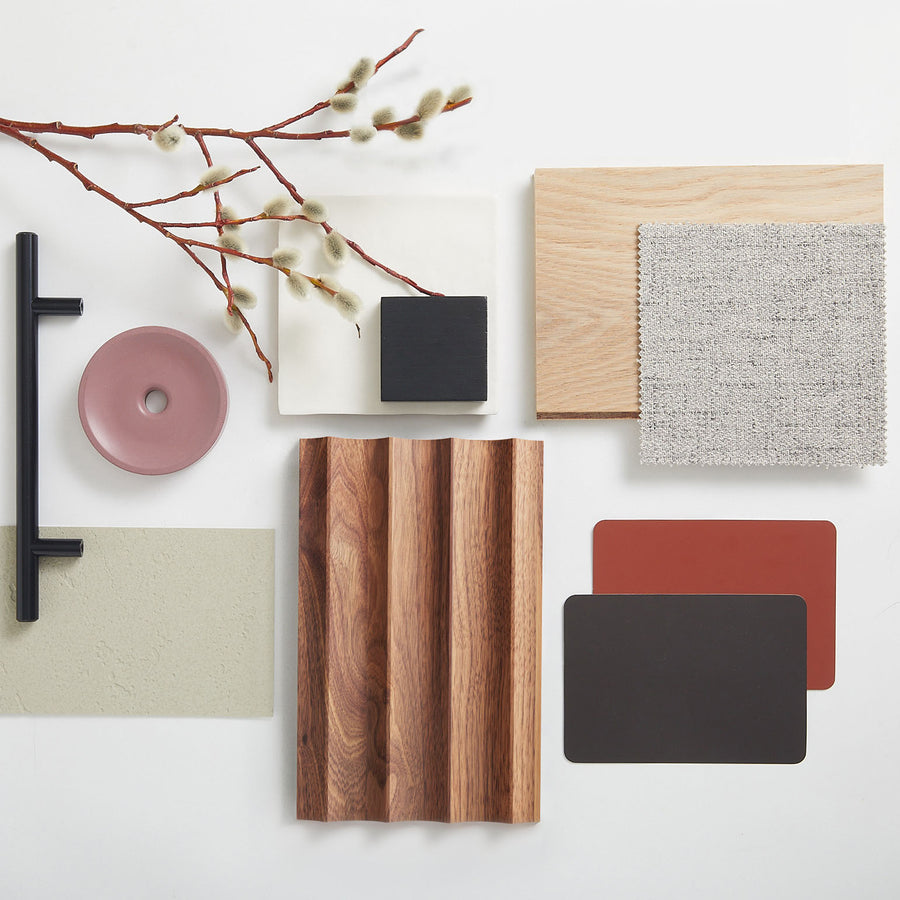
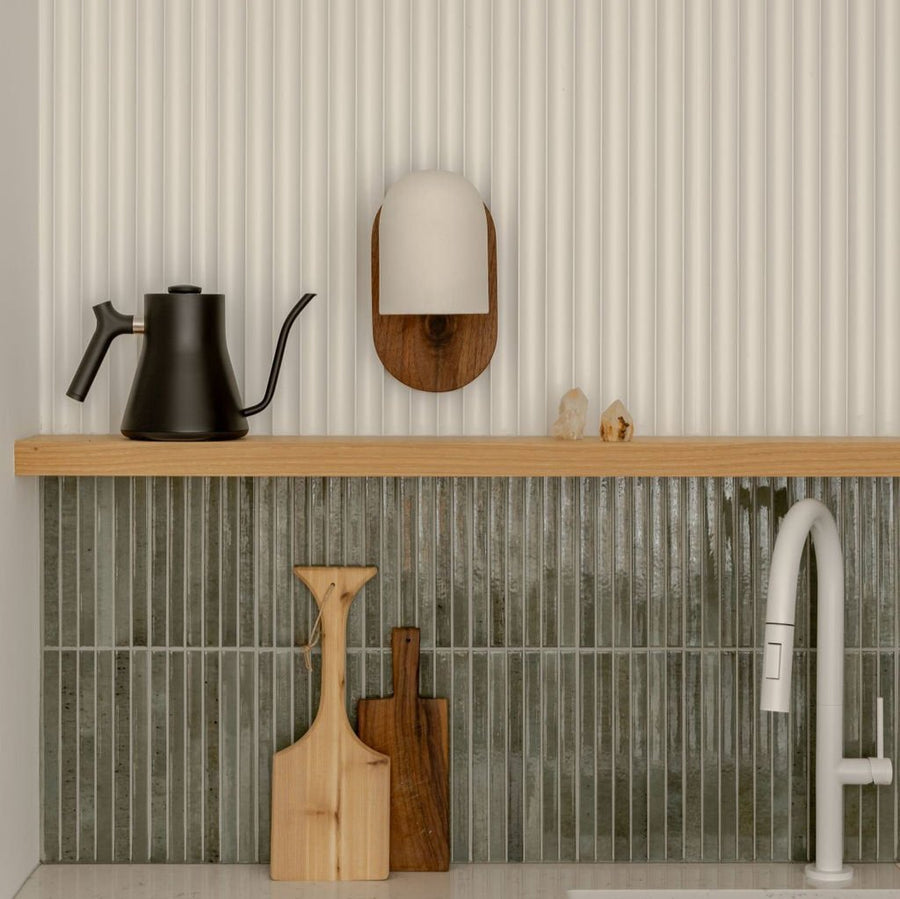
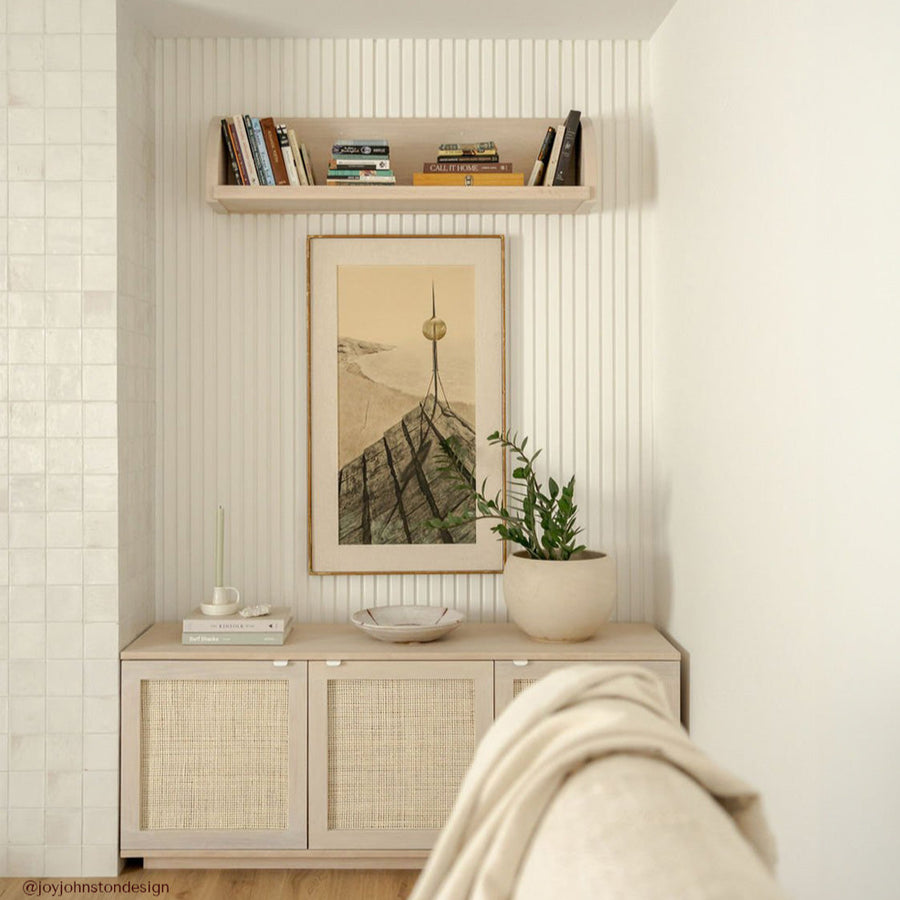
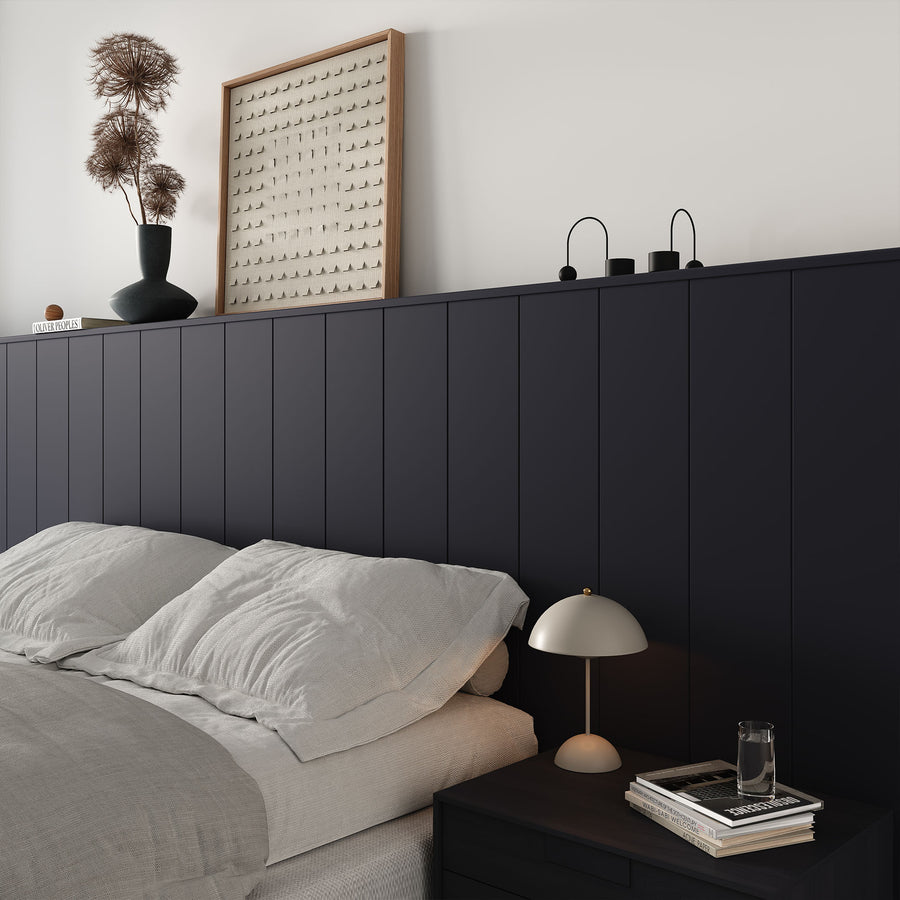
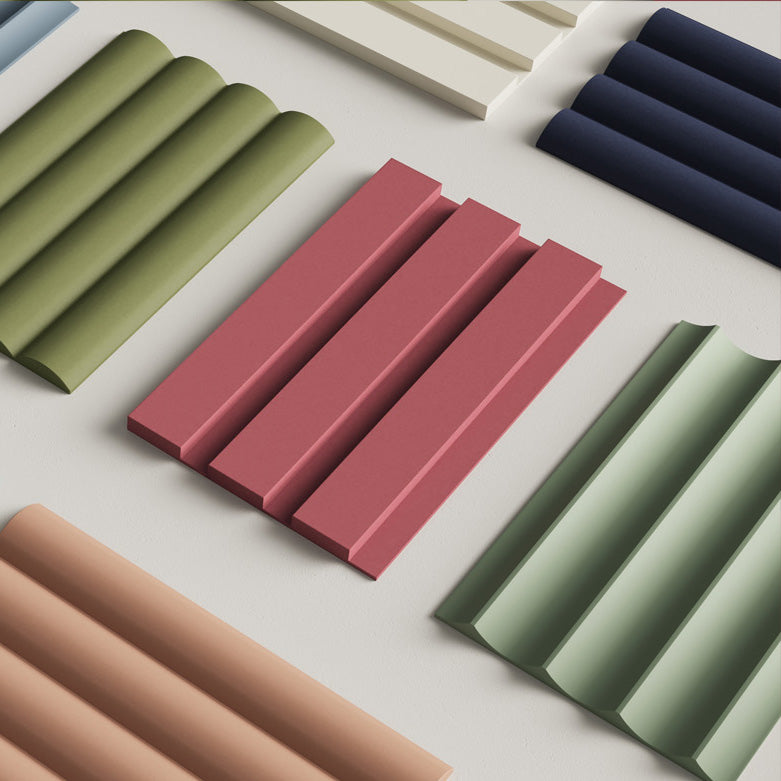

















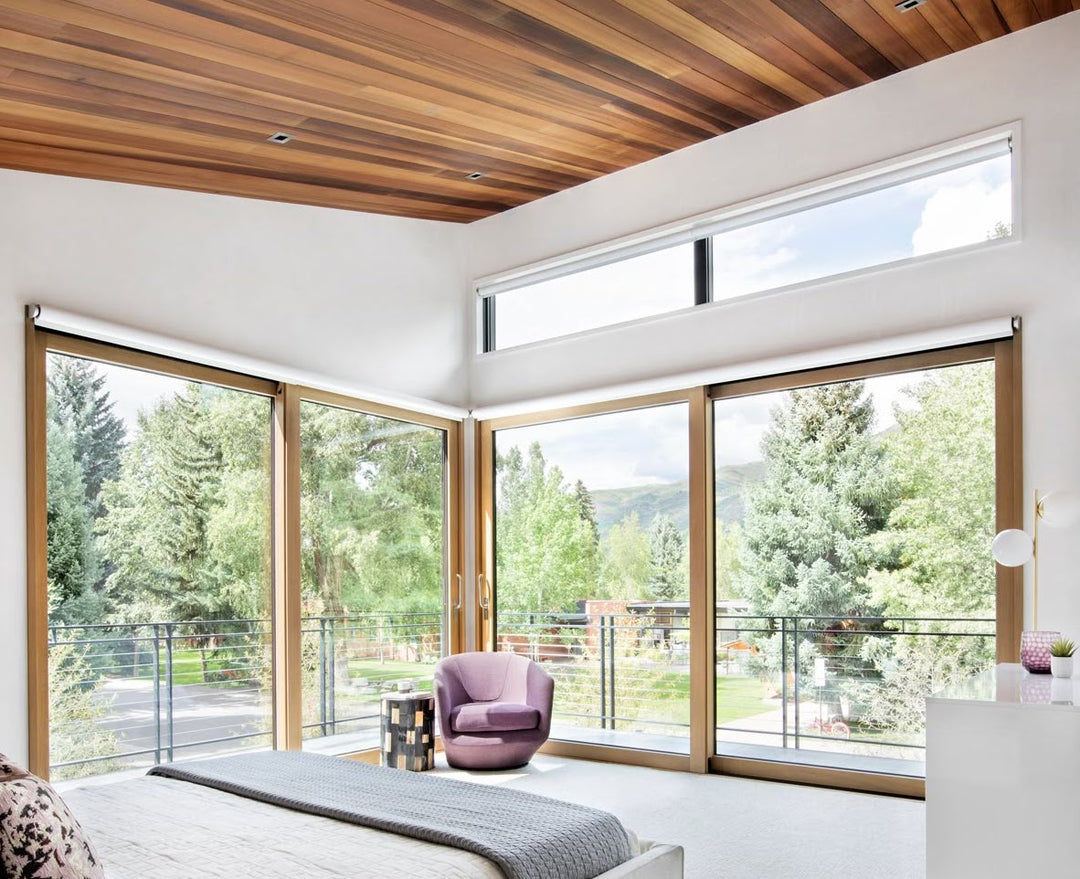
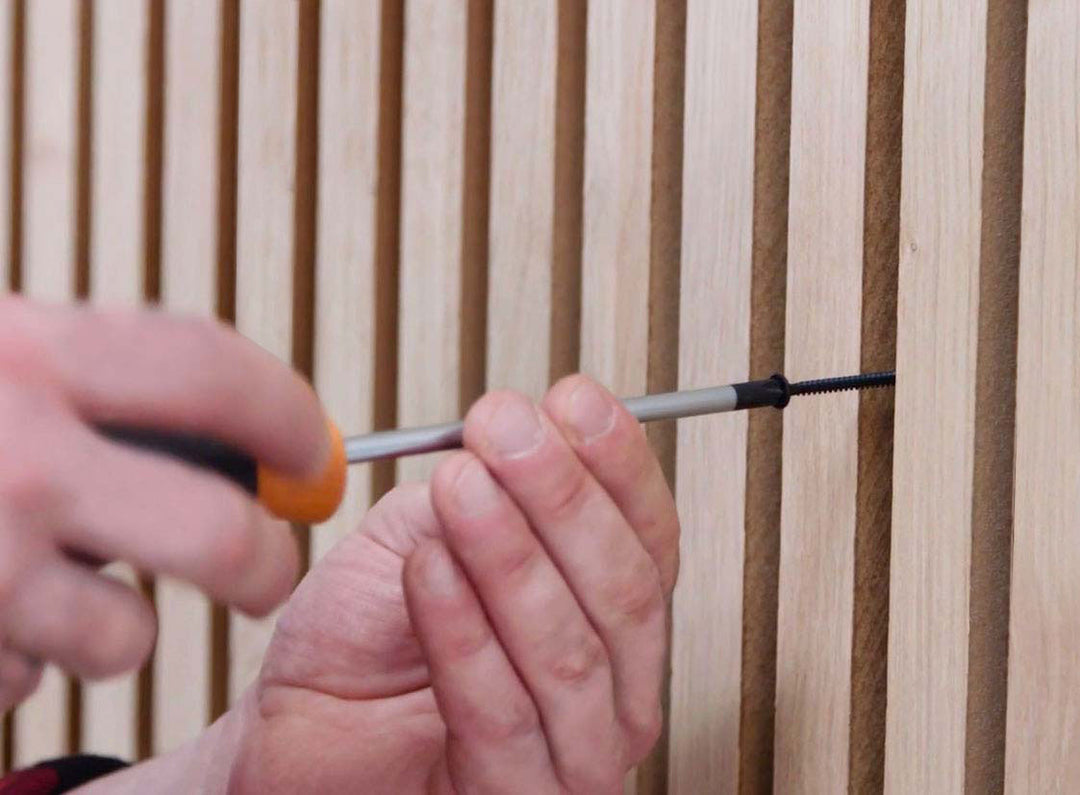

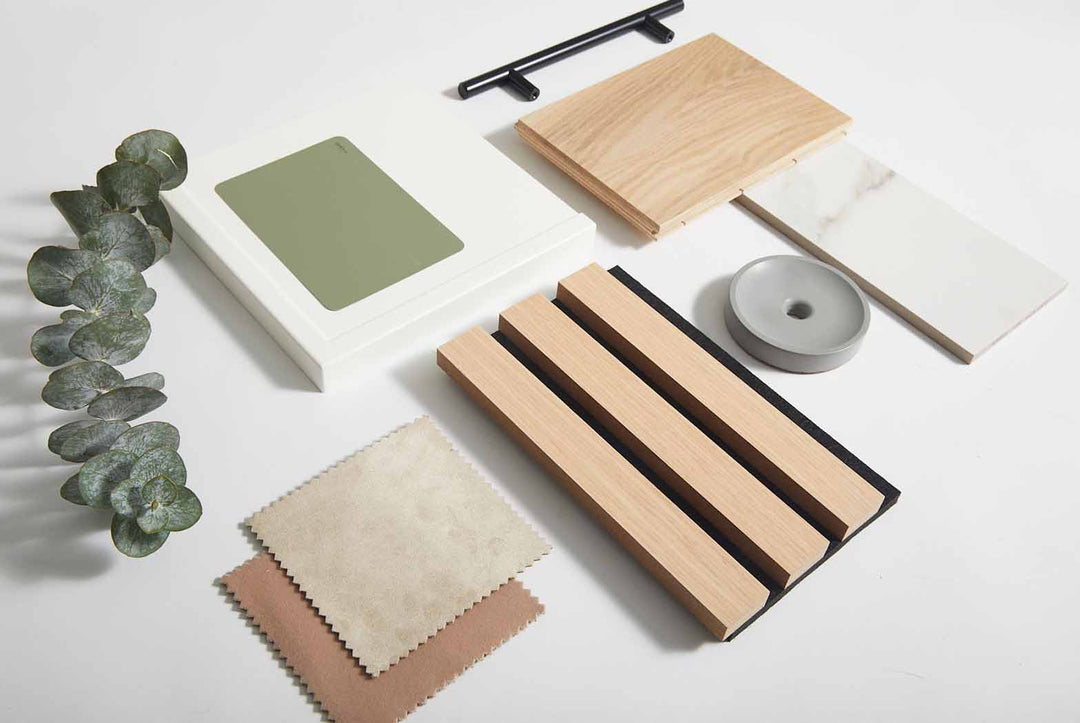
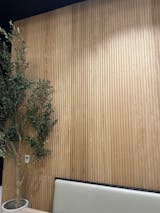
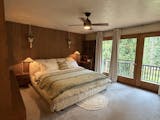










Leave a comment